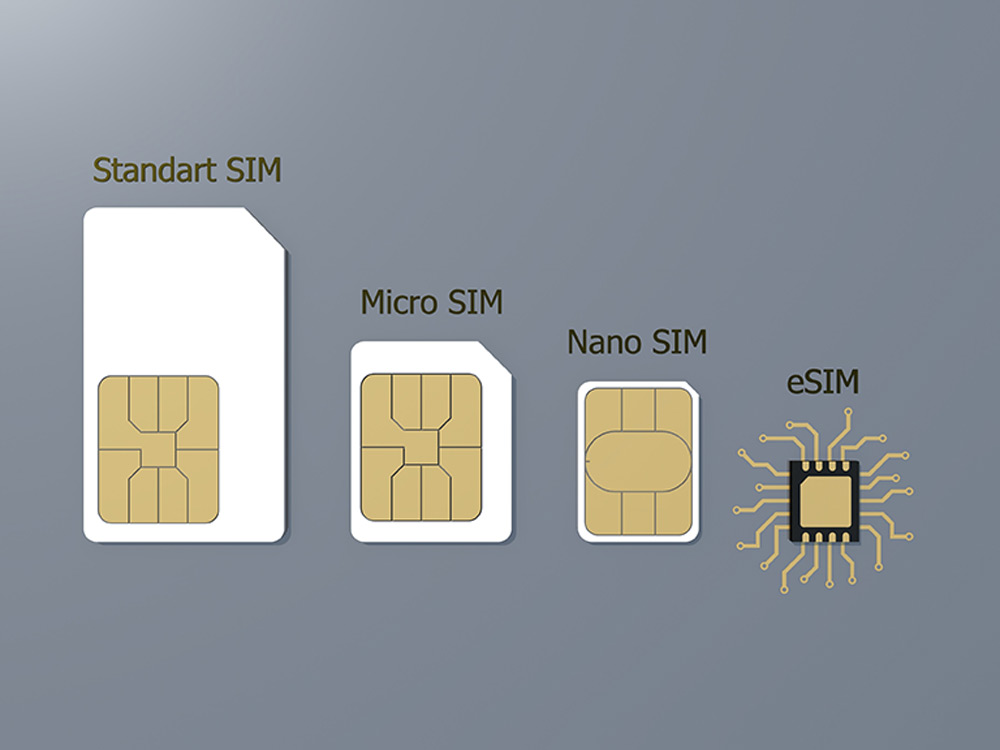Another mobile technology worth recognizing is the eSIM, which is a permanent SIM card embedded into devices. Unlike traditional SIMs, which are tied to one network/mobile carrier, eSIMs allow for connection to any carrier’s network through digital activation. The mainstream use of eSIMs currently is to have mobile data access while travelling abroad, rather than using your home carrier’s roaming or having to purchase a physical SIM in the country you’re travelling. I have used eSIMs through Airalo (though there are many other companies) on my last two international trips and for $5-15 dollars, I have gotten the amount of data I desire for the length of my trip, which is cheaper than one day of roaming. The only disadvantage of this is because it is a different SIM profile, you do not receive text messages from your regular phone number, but you do have access to data coverage, so communication tools like What’sApp do work.
It’s worth noting that more and more phones are building with both SIM and eSIM capabilities, recent iPhones have done away with the physical SIM altogether.

Besides travel benefits, eSIMs are being used in manufacturing and agriculture to track and monitor production and quality across the globe from one central location. For example, OnStar support in cars is powered by eSIM. In farming, a company can monitor and control temperature, cleanliness, and performance of machinery remotely (Kigen, 2020).
In education, I see this as a potentially important technology for schools and companies if they are providing devices to learners. Administration can create and control a profile for the eSIMs of all the devices, meaning they can control what a user does or doesn’t have access to. Because the eSIM can connect to any network, this also increases the access to internet anywhere the device goes, allowing learners to more easily learn from anywhere. I can only hope that as 5G becomes more prevalent, more remote locations will have better access to internet connection and reduce that barrier to learning through eSIM technology.
References:
Kigen (2020). 7 top eSIM use cases [White paper]. https://kigen.com/wp-content/uploads/2020/11/Kigen-7-Top-eSIM-Uses-White-Paper.pdf
I have been using an eSIM while living abroad between Canada and California and it has been a game changer for accessing a network. I think seamless internet connection will be imperative to the success of accessibility for technology use with schools and learners. Privacy concerns can also be addressed by additional considerations which are included with eSIM use, such as the information being encrypted on the device which cannot be swapped out, as with a physical SIM. https://stratheia.com/navigating-the-intersection-of-esim-and-privacy-laws/
Additionally, I appreciated the perspective from this forum which highlighted the environmental impacts of moving to eSIM’s over physical SIM cards as well! https://mobileecosystemforum.com/2023/01/18/esims-in-2023-the-future-of-connectivity/